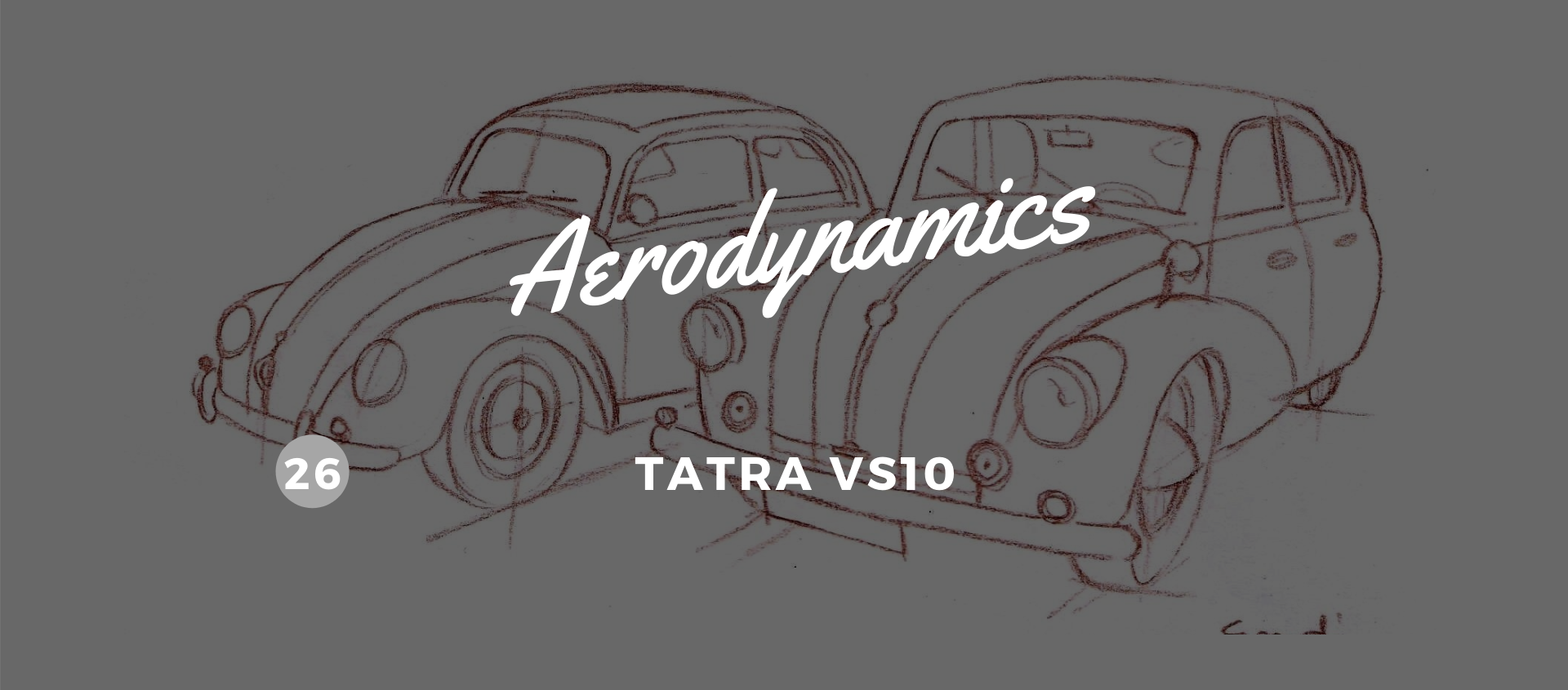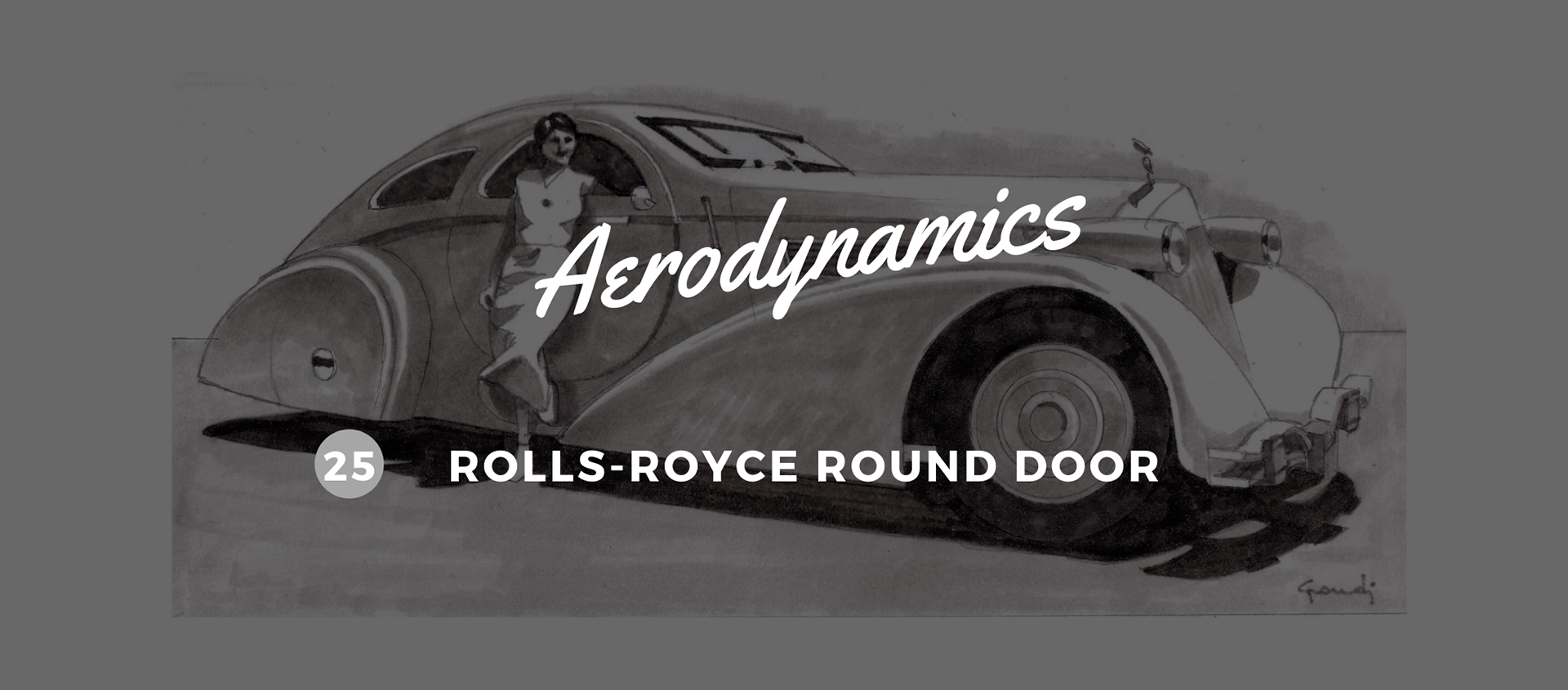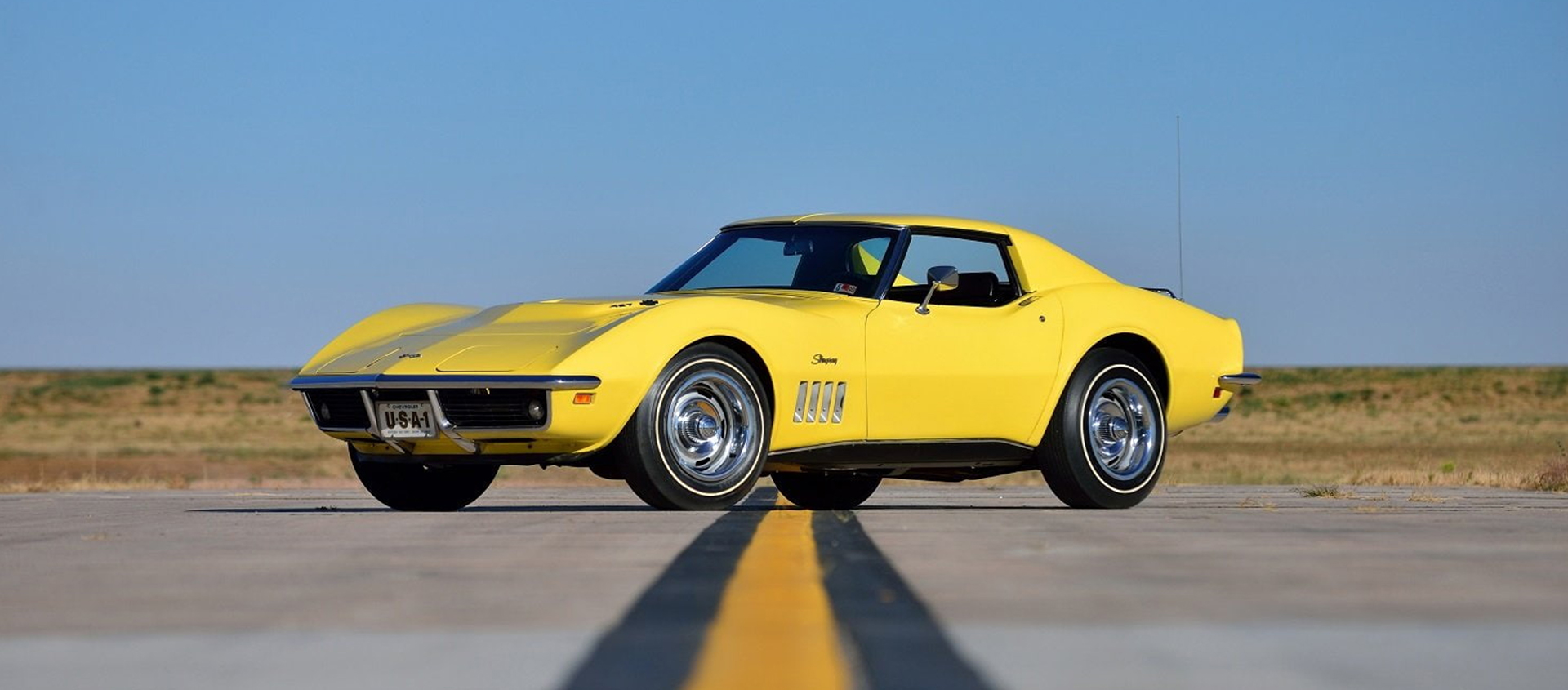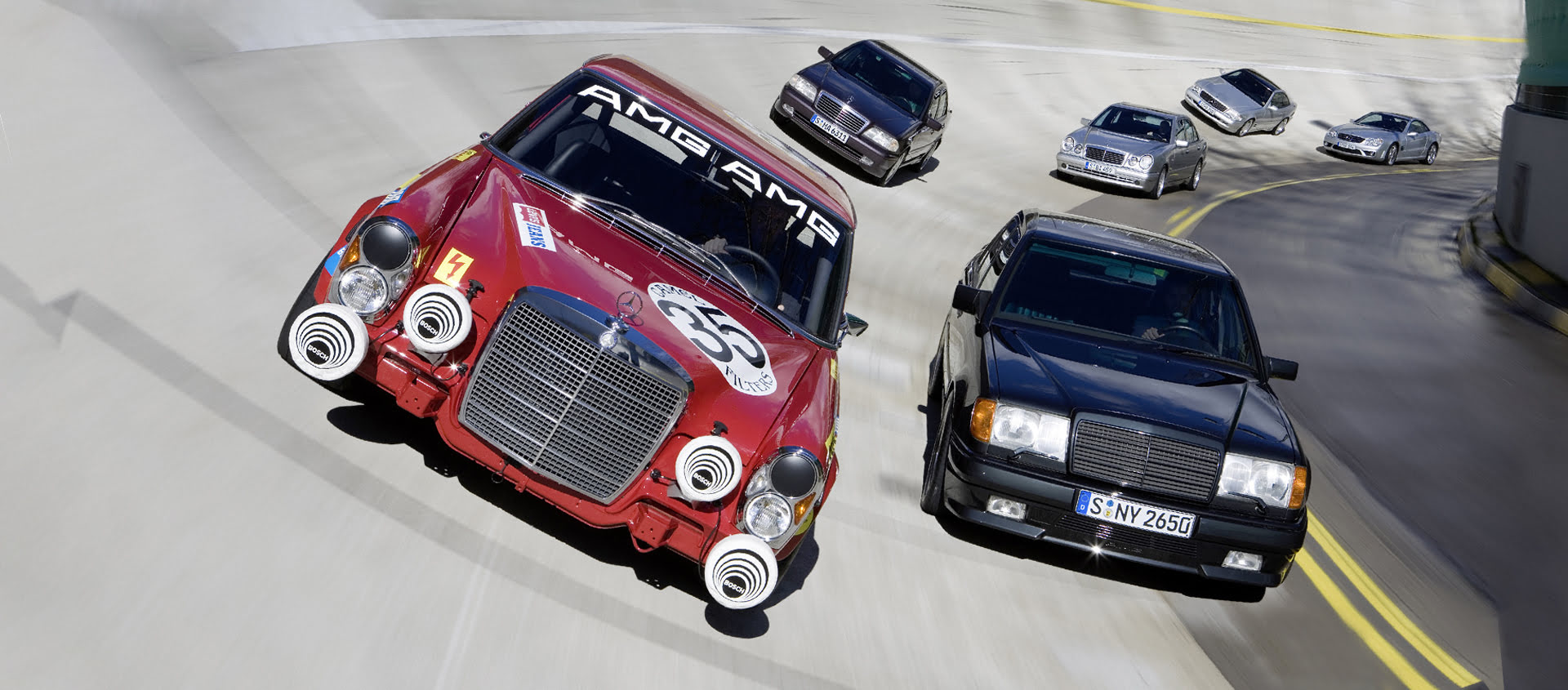Brilliance cheated of its due
03 August 2020 1 min read 3 images

As we see in this story, the turn of historical events in the last century meant that an extraordinary brand, which built innovative vehicles and boasted a remarkable understanding of the future of aerodynamics, never got the recognition it deserved. We are talking about the car maker Tatra. Founded during the Austro-Hungarian Empire, this company grew during the First Czechoslovak Republic, but was then humiliatingly crushed by the German invasion and occupation, and the subsequent Soviet regime.
Register to unlock this article
Signing up is free and gives you access to hundreds of articles and additional benefits. See what’s included in your free membership. See what's included in your free membership.
Already have an account? Log In


